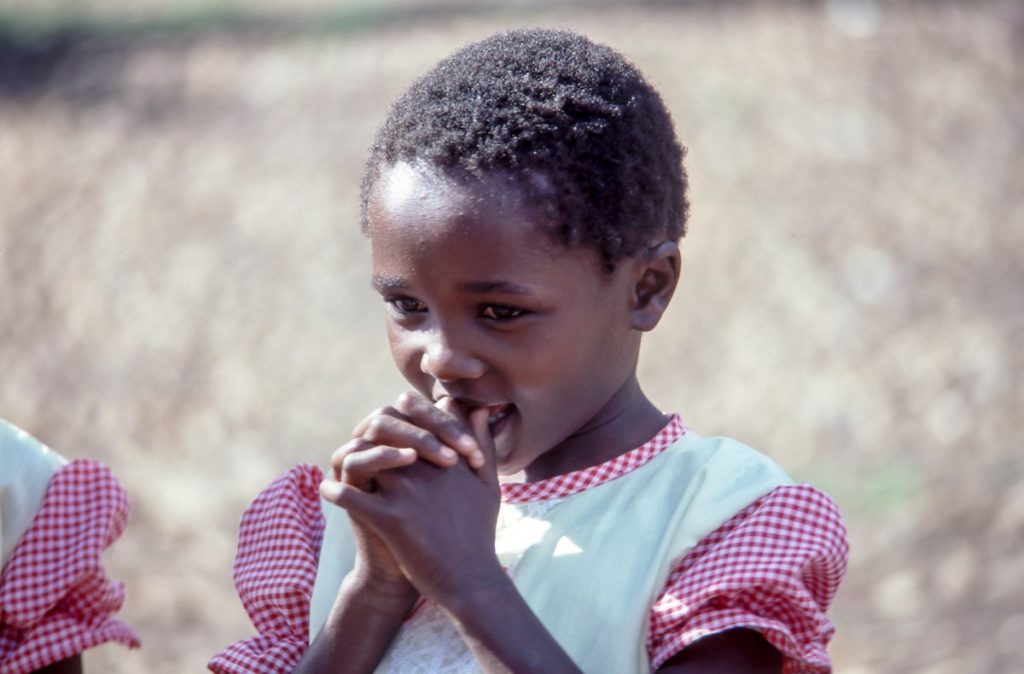
Big questions abound regarding the protracted childhood of Homo sapiens, but there’s a growing argument that it’s an adaptation to the increased complexity of our social environment and the need to learn longer and harder in order to handle the ever-raising bar of adulthood. (Just look to the explosion of requisite schooling over the last century for a concrete example of how childhood grows along with social complexity.)
It’s a tradeoff between genetic inheritance and enculturation — see also Kevin Kelly’s remarks in The Inevitable that we have entered an age of lifelong learning and the 21st Century requires all of us to be permanent “n00bs”, due to the pace of change and the scale at which we have to grapple with evolutionarily relevant sociocultural information.
New research from Past Long Now Seminar Speaker Alison Gopnik:
“I argue that the evolution of our life history, with its distinctively long, protected human childhood, allows an early period of broad hypothesis search and exploration, before the demands of goal-directed exploitation set in. This cognitive profile is also found in other animals and is associated with early behaviours such as neophilia and play. I relate this developmental pattern to computational ideas about explore–exploit trade-offs, search and sampling, and to neuroscience findings. I also present several lines of empirical evidence suggesting that young human learners are highly exploratory, both in terms of their search for external information and their search through hypothesis spaces. In fact, they are sometimes more exploratory than older learners and adults.”
Alison Gopnik, “Childhood as a solution to explore-exploit tensions” in Philosophical Transactions of the Royal Society B.